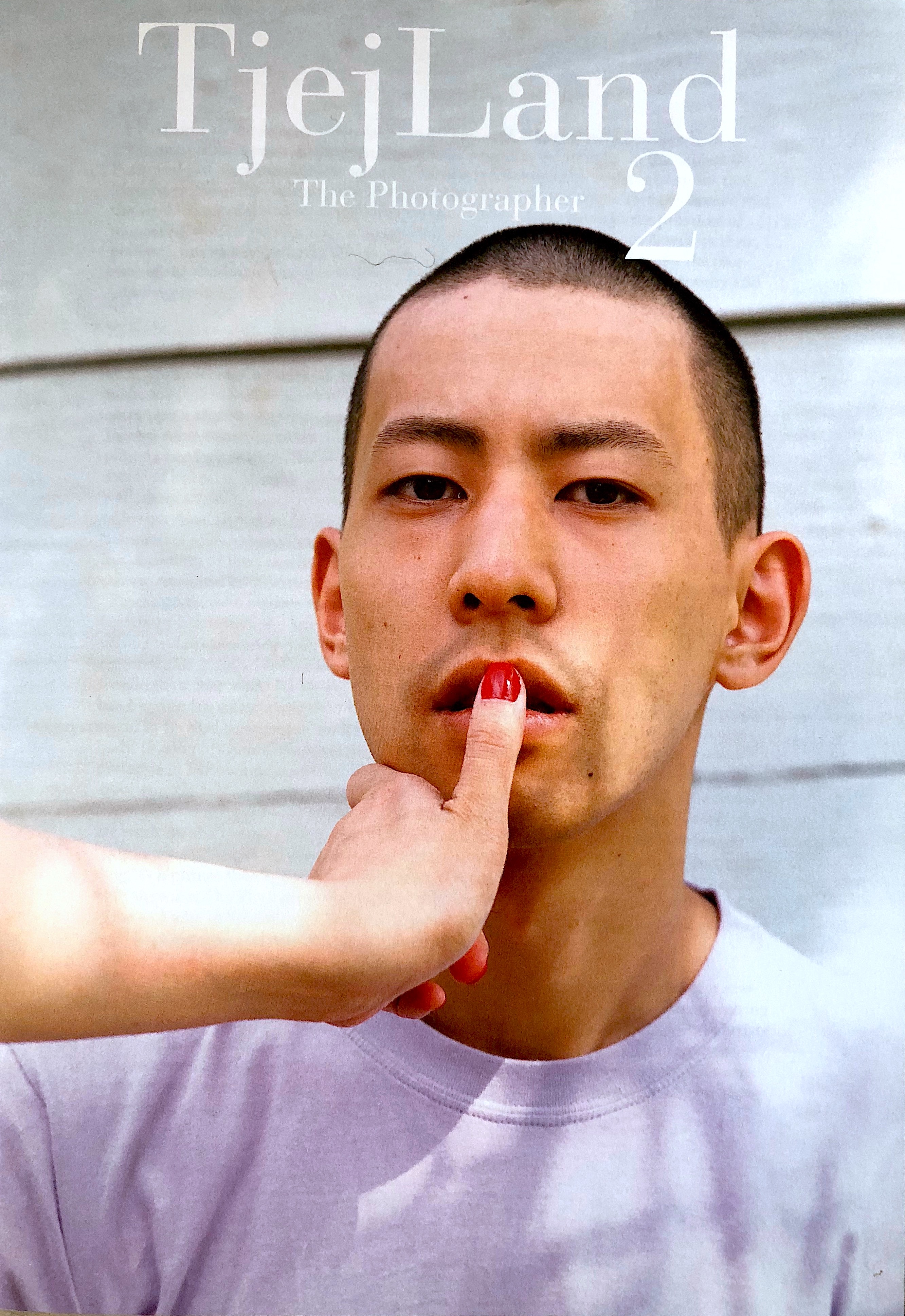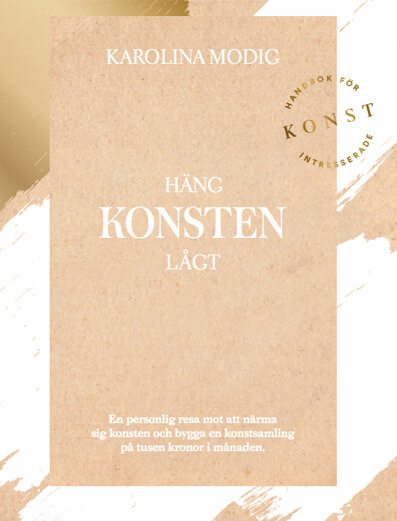While the Japanese photographer Momo Okabe’s pictures download to my computer and appear on my screen I instinctively turn my head to see if anyone is standing behind me. The raw nakedness exposed in the photographs – out of an artistic context – stimulates an immediate impulse to hide the pictures (and the fact that I am looking at them) from the public. But an instant later I find myself caught in their inevitable intimate vulnerability. The bright colored filters, varied in nuances and intensity, create a distance to the exposed and generate a warmness that makes it impossible not to be drawn in.
If nakedness can be an expression of loneliness, that is the kind of nakedness Okabe is documenting. If black silhouettes and magenta-filtered body parts can be symbols for chaotic souls, that is the kind of symbolism that Okabe’s is representing through her pictures.
Each one of the photographs are telling their own separate story. Gathered in the Bible-session they become an even greater narrative – a dirge for those who have experienced large amounts of pain. Okabe explains that creating the Bible-session became a way out of her own painful past. Her pictures document still moments; peaceful instants filled with authenticity. The creative process of the session found its climax when she met a man with an extremely violent past but who didn’t seem to have anything bad or evil inside. Spendning time with him filled Okabe with dreadful sadness, but it also served as a creative nucleus for the Bible-pictures.
The Swedish actress Ingrid Bergman found her peace in front of the camera. Growing up with a beloved father who photographed her regularly – combined with the much to early loss of him – transformed the moments in front of the camera into recreated moments of safety and protection. Okabe found the same kind of peace and protection from the camera, although standing behind instead of in front of it. After traveling Europe by car for a long time, without being able to communicate or understand anything, Okabe started to construct her own fantasy worlds, bestead by her camera. Through the camera lens the world seemed so much more magical. If the choice had been entirely hers, she would have chosen to stay in her fantasy worlds permanently.
Compared to other Japanese contemporary photographers, Okabe has no intention of embracing their frequently perfectly balanced compositions and minimalistic, meditative ambiences. On the contrary, she lets her flooding emotions pour into her work, colored in bright yellow, deep magenta and burning red. The images are emphasizing the fact that even people in pain, physical or mental, are still just people, experiencing their quiet moments of loneliness and intimacy like everyone else. Okabe reveals their bodies and souls wide open, covered by – but even more exaggerated by – the colorful filters of untamed emotions.
Bible is Okabes second US monograph, published by Session Press. It is a compilation of works; pictures of people like the man mentioned above, of places and faces in Tokyo and India, as well as pictures taken in Miyagi after the Fukushima earthquake in 2011. Each picture is based on Okabes own experiences, her feelings of loss and sadness. A dark, delicate mixture of sex, transexuality and intimacy; of physical and psychological chaos, deconstruction and the construction of one’s self.


